Fundamental Mechanics of Subsea Riser - Wave Pressure, Energy & Power Online Course
The amount of energy in a wave is related to its amplitude and its frequency. Large-amplitude earthquakes produce large ground displacements. Loud sounds have high-pressure amplitudes and come from larger-amplitude source vibrations than soft sounds. Large ocean breakers churn up the shore more than small ones. Consider the example of the seagull and the water wave, work is done on the seagull by the wave as the seagull is moved up, changing its potential energy. The larger the amplitude, the higher the seagull is lifted by the wave and the larger the change in potential energy.
The energy of the wave depends on both the amplitude and the frequency. If the energy of each wavelength is considered to be a discrete packet of energy, a high-frequency wave will deliver more of these packets per unit time than a low-frequency wave. We will see that the average rate of energy transfer in mechanical waves is proportional to both the square of the amplitude and the square of the frequency. If two mechanical waves have equal amplitudes, but one wave has a frequency equal to twice the frequency of the other, the higher-frequency wave will have a rate of energy transfer a factor of four times as great as the rate of energy transfer of the lower-frequency wave.
For full videos you can visit this link :
https://drive.google.com/file/d/1TKU6mKAZ2LLf_tR6s_xM4VHnpNrewX1N/view?usp=drive_link
and you will be directed to a google drive link where you can download all files of this course
https://drive.google.com/file/d/1CxCxno70xG1o_ydTK2Ekv25YQedQ5YaE/view?usp=drive_link
-
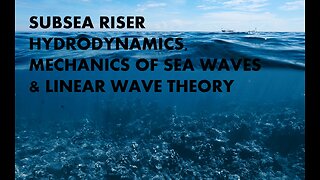 15:00
15:00
Subsea Engineering Course
2 months agoSubsea Riser Hydrodynamics, Mechanics of Sea Waves & Linear Wave Theory Online Course
10 -
 15:09
15:09
Subsea Engineering Course
2 months agoSubsea Riser & Hydrodynamics - Flexible Riser Pipe Analysis Online Course
-
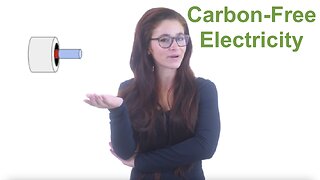 1:43
1:43
ActiveKinetic1
4 months ago24 hour clean energy | Power from sea waves | Wave Energy Generator
11 -
 9:36
9:36
SusanInspired
11 months ago $0.08 earnedSchumann Resonance POWER WAVES - A Chance to Make New Decisions
1191 -
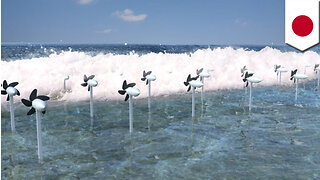 1:14
1:14
TOMONEWS US
10 months agoClean energy: New Japanese turbines generate electricity from sea waves - TomoNews
31 -
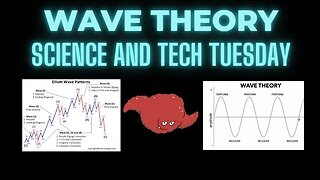 41:24
41:24
MightyMeat
1 year agoWave Theory - Science & Tech Tuesday
12 -
 1:20:19
1:20:19
MightyMeat
1 year agoWave Theory - Science & Tech Tuesday
119 -
 0:28
0:28
ActiveKinetic1
8 months agoWave energy generates clean electricity. Unlock free electricity powered by the Ocean’s.
135 -
 16:28
16:28
SusanInspired
1 year ago $0.20 earnedSchumann Resonance - Power Waves! Chart Talk June 8, 2023
184 -
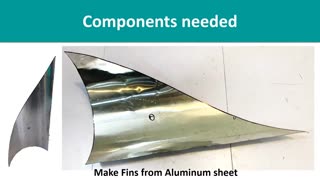 2:00
2:00
Friendly Monkey Media
1 year agoHelical Wind Turbine B tech Mechanical Engineering Final year project
501